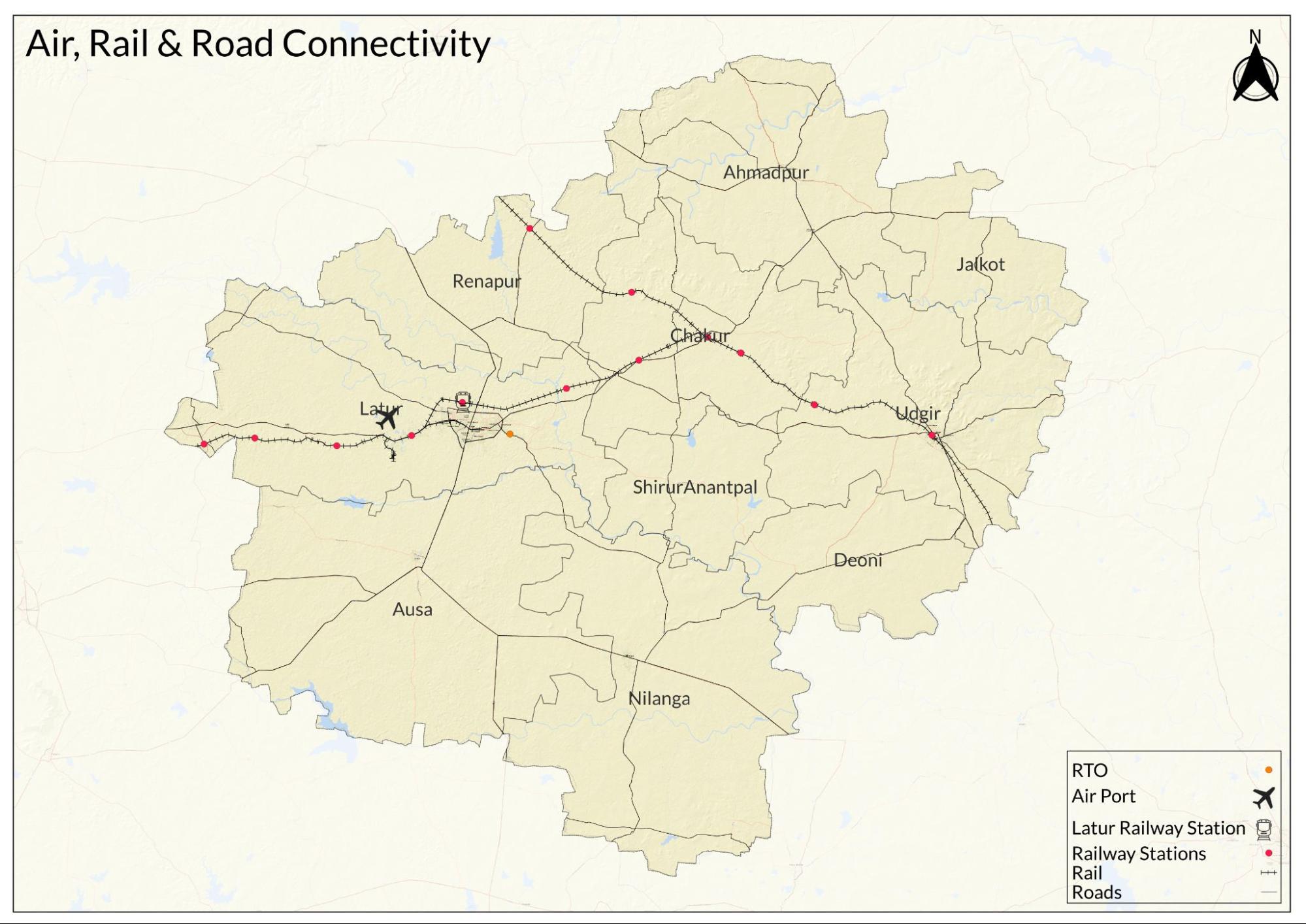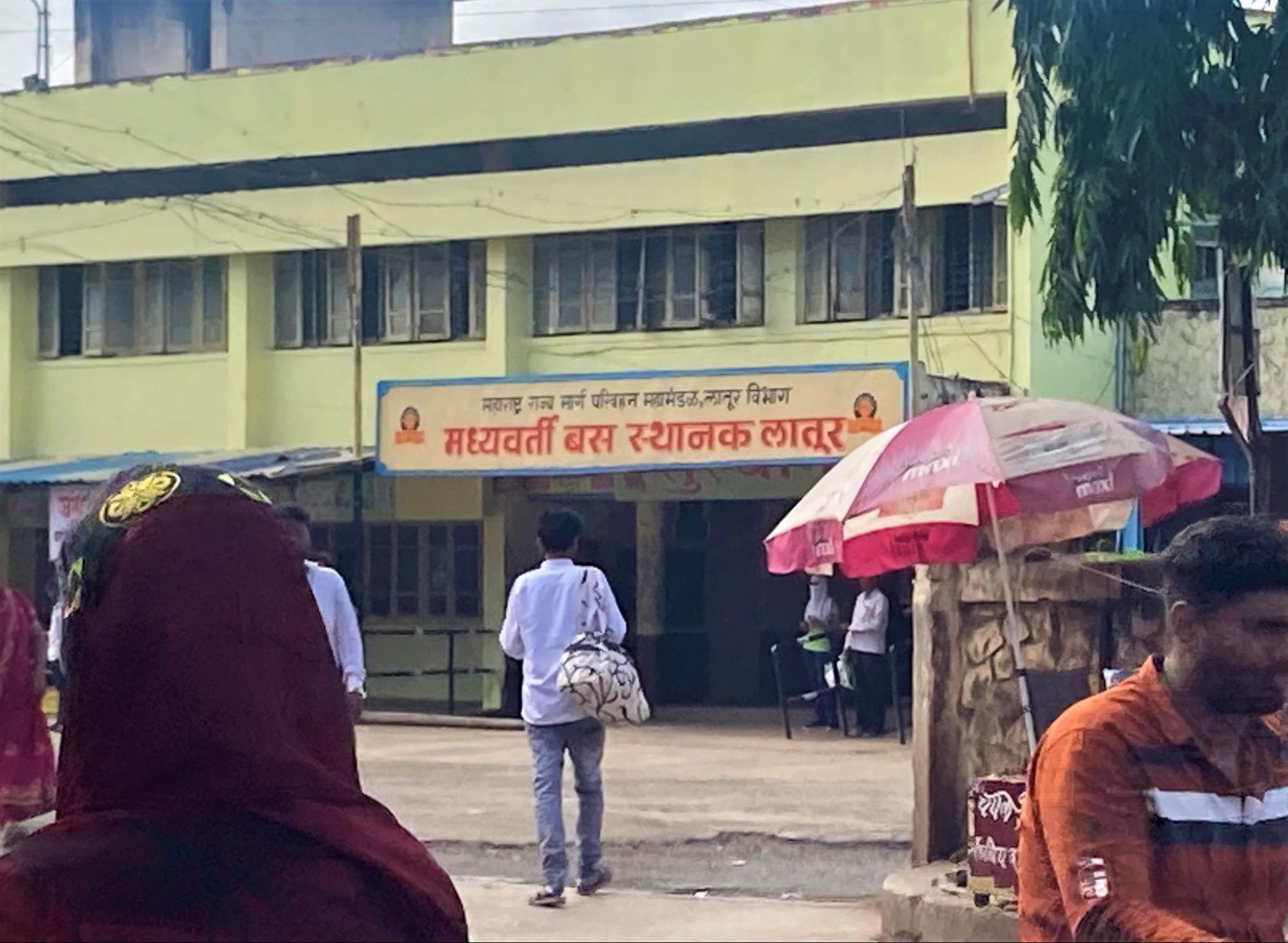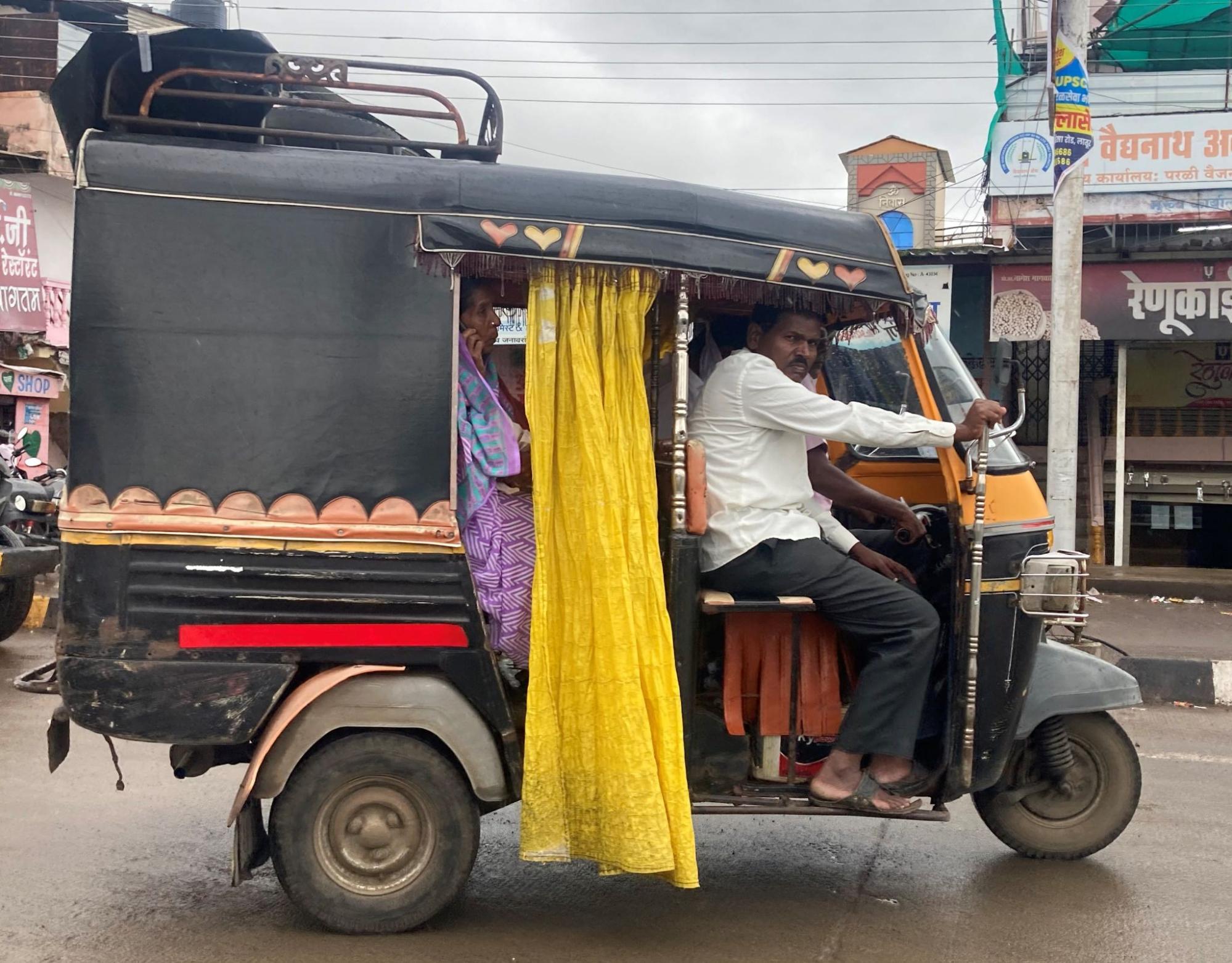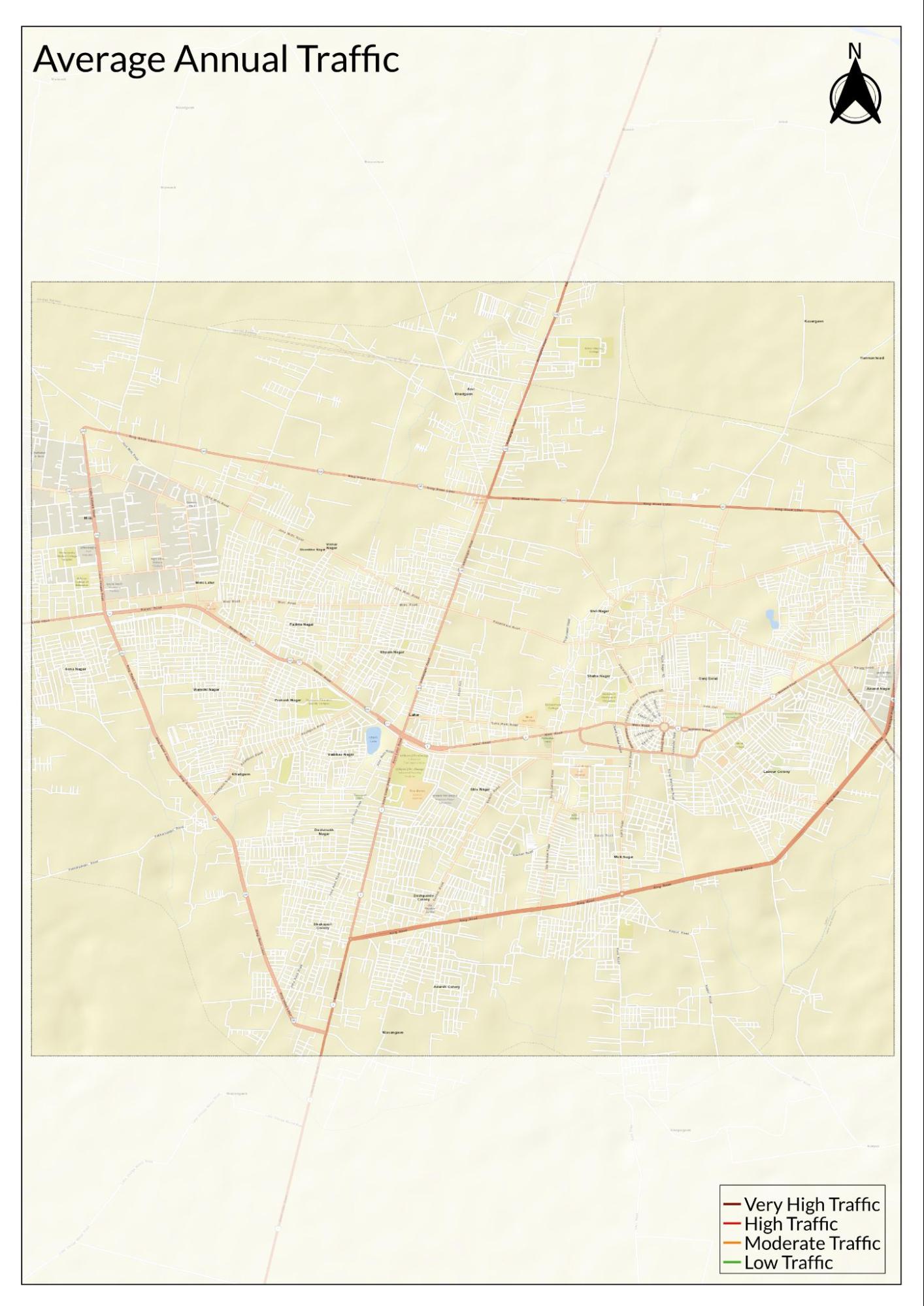Contents
- History
- Ancient Trade Routes
- Modes of Transport
- Railway Systems
- Overview of Bus Networks
- Autos & Shared Vehicles
- Air Transport
- Traffic Map
- Communication Networks
- Newspapers & Magazines
- Graphs
- Road Safety and Violations
- A. Cases of Road Safety Violations
- B. Fines Collected from Road Safety Violations
- C. Vehicles involved in Road Accidents
- D. Age Groups of People Involved in Road Accidents
- E. Reported Road Accidents
- F. Type of Road Accidents
- G. Reported Injuries and Fatalities due to Road Accidents
- H. Injuries and Deaths by Type of Road
- I. Reported Road Accidents by Month
- J. Injuries and Deaths from Road Accidents (Time of Day)
- Transport Infrastructure
- A. Household Access to Transportation Assets
- B. Length of Roads
- C. Material of Roads
- Bus Transport
- A. Number of Buses
- B. Number of Bus Routes
- C. Length of Bus Routes
- D. Average Length of Bus Routes
- E. Daily Average Number of Passengers on Buses
- F. Revenue from Transportation
- G. Average Earnings per Passenger
- Communication and Media
- A. Household Access to Communication Assets
- B. Newspaper and Magazines Published
- C. Composition of Publication Frequencies
- Sources
LATUR
Transport & Communication
Last updated on 6 November 2025. Help us improve the information on this page by clicking on suggest edits or writing to us.
Latur has long been recognised for its role as an important link in the trade and transport routes of Maharashtra. Remarkably, it is noted in the Osmanabad district Gazetteer (1972) that the district connected the western parts of Maharashtra with the Vidarbha region, especially through its railway network. Geographically, Latur is situated in eastern Maharashtra and shares its southern border with Karnataka.
In recent years, this location has made Latur an important point for trade across state lines, with trucks carrying goods to and from Karnataka and Telangana throughout the year. Locals say that this steady movement has supported the growth of transport services and truck-related industries, particularly in the southern talukas of Ausa, Udgir, and Nilanga. Today, Latur remains well-connected by rail, air, and road. Within the district, buses and local taxis (commonly known as kali-peelis) form the backbone of daily transport, linking residents across towns and villages.
History
Ancient Trade Routes
Trade has long shaped the history of what is now Latur district, weaving it into wider networks that connected distant parts of the Indian subcontinent and beyond. Latur is situated near Dharashiv district and its location made it an important link between inland urban centres and coastal ports.
One reason for this prosperity was Latur’s position along major routes. Historical research suggests that a significant highway once connected Veer (in present-day Maharashtra) with Satrati (in Madhya Pradesh), passing through this region. These roads enabled goods, people, and ideas to travel between important centres across the Deccan.
The region’s participation in early commerce is further indicated by archaeological remains uncovered at Ter, an ancient settlement of considerable antiquity located in Dharashiv district. Many scholars identify Ter with the ancient city of Tagara, mentioned in the Periplus of the Erythraean Sea as a significant inland trading centre that supplied goods for export to Roman and other foreign markets. Excavations at Ter have yielded a wealth of local and imported artefacts, indicating active trade links with various parts of India as well as distant regions beyond the subcontinent. Interestingly, some researchers note that the Indo-Roman trade route passed through Ter and extended into Latur district, connecting further with centres such as Sannati (in Karnataka) and Balipattan (in Goa) before reaching coastal ports engaged in overseas trade with the Roman world.

Transport in these centuries likely relied on ships for coastal and overseas exchange, while bullock carts moved goods inland across the plateau. These carts remained vital well into the modern era, long after the decline of ancient maritime routes. It was only with the introduction of railways and the expansion of motorable roads under British rule that the older networks of animal-drawn transport gradually gave way to more fast-paced systems.
Modes of Transport
Railway Systems
Latur district is served by an established railway network that facilitates both passenger and freight movement across the region. The district falls under the Solapur Division of the Central Railway zone, with two principal railway lines traversing the district — the Miraj–Latur line and the Vikarabad–Parli–Vaijnath line. According to the latest railway records, the district has ten stations, of which Latur Railway Station and Latur Road Junction are the busiest hubs, providing regular services to major destinations such as Mumbai, Pune, Nagpur, Parli Vaijnath, Hyderabad, and Bangalore.


The railway transport system in the district has its origins in the late 19th and early 20th centuries. Before Latur became an independent district in 1983, it formed part of the larger Dharashiv (formerly Osmanabad) district under the Hyderabad State. While India’s first railway line — from Bori Bunder (now CSMT) to Thane — opened in 1853, railway expansion into the interior of the Deccan plateau progressed more gradually.
The development of the Miraj–Latur line and the Vikarabad–Parli–Vaijnath line was instrumental in connecting the district to broader trade routes. According to the Osmanabad district Gazetteer (1972), Latur historically served as a midpoint connecting multiple regional routes, with Latur Road Station functioning as an important junction linking the western part of Maharashtra with the Vidarbha region. These lines enabled the transport of agricultural produce and other goods to larger markets.

The railway system has, in recent times, proved of service beyond its ordinary commercial function. During the severe droughts which afflicted Marathwada in 2016, arrangements were made for the conveyance of water by railway tankers from the Ujani Dam at Pandharpur to the town of Latur. This marked a notable instance of rail transport being employed for the relief of water scarcity on such a scale.
Steps have also been taken in recent years to promote local industry in connection with the railway. In 2018, a decision was taken to establish a rail coach factory within the district for the manufacture of electric multiple units for suburban and metro services. By 2024, arrangements were concluded with a Russian firm for the production of Vande Bharat sleeper coaches at the Latur Rail Factory, with a view to providing employment and advancing the industrial growth of the district.
Overview of Bus Networks
Latur district is presently served by a network of public and private bus services that together form a vital part of its transport system. The Maharashtra State Road Transport Corporation (MSRTC) remains the main provider of inter-district and regional bus services, while city-level connectivity has expanded in recent years through dedicated municipal services. Among these, the Latur City Bus service was introduced as a public-private partnership with the aim of improving daily travel within the city and its surrounding areas.

A notable initiative in recent years has been the introduction of a free bus service for women and girl students by the Latur Municipal Corporation. Officials describe this as the first such municipal scheme in the country. Under this system, women are issued smart cards for free travel, and all buses are staffed by women attendants who undergo police verification to ensure passenger safety. As of 2024, it has been reported that the service operates more than 200 trips daily with a fleet of 24 buses, benefitting an estimated 15,000 commuters, many of whom travel to Latur for educational purposes. The scheme has received a strong response from the public and is widely regarded as a success. In April 2024, however, the service was temporarily disrupted for six days due to outstanding payments and operational difficulties.
The foundations of Latur’s organised bus network may be traced to the early twentieth century, when the region formed part of the Hyderabad State. As recorded in the Osmanabad district Gazetteer (1972), passenger transport services were nationalised in 1932, bringing both Latur and Dharashiv districts under the Hyderabad State Transport system. After the dissolution of Hyderabad State, the Marathwada region — including present-day Latur and Dharashiv — was transferred to Bombay State following the States Reorganisation Act of 1956. During this period, the State Transport (Marathwada) at Chhatrapati Sambhaji Nagar (then Aurangabad) was established to oversee services in the region. In 1961, the Transferred Road Transport Undertakings Department, which had managed operations under Bombay State, was dissolved and its services were merged into the Bombay State Road Transport Corporation, which later became the Maharashtra State Road Transport Corporation (MSRTC). Ever since then, the MSRTC has remained the backbone of bus travel in the district, connecting Latur to neighbouring towns and other parts of Maharashtra.
Autos & Shared Vehicles
Daily transport within Latur district relies primarily on shared jeeps, six-seaters, and auto-rickshaws. Kali-pili jeeps operate on fixed routes and are a common choice for residents travelling between towns and localities. Privately operated auto-rickshaws are widely used for short-distance travel within the city and surrounding areas. Fares for them are generally determined by direct negotiation rather than metered systems. Ride-hailing services such as Ola and Uber, locals say, have not yet gained significant traction in Latur.


Air Transport
Latur is served by a small regional airport which provides limited air connectivity for the district. At present, the airport mainly handles private flights and smaller aircraft, with scheduled commercial services remaining irregular.
The airstrip was originally constructed in 1991 by the Public Works Department. In 2000, its management passed to the Maharashtra Industrial Development Corporation (MIDC), and by 2006 efforts were made to upgrade the facility for commercial operations. Since then, Reliance Airport Developers Ltd. (RADPL) has managed Latur Airport along with other regional airports in the state.
Despite these developments, the airport has not yet achieved regular commercial operations, which continues to be a concern for local residents and businesses. Limited schedules and few routes have constrained the airport’s role in supporting trade and tourism.
To address these challenges, Latur Airport has been included under the Government of India’s UDAN (Ude Desh ka Aam Naagrik) scheme to improve regional air connectivity. Under this programme, the airport is among several in Maharashtra selected for new or revived flights through the Regional Connectivity Scheme (RCS). Better and more reliable air services are expected to strengthen local travel options, benefit business and education, and help promote tourism in the district.
Traffic Map

Communication Networks
Newspapers & Magazines
Marathi newspapers such as Loksatta, Sanchar, Maharashtra Times, and Tarun Bharat, locals say are widely available in Latur, alongside various Hindi and English dailies. Several carry dedicated Latur pages or supplements covering local news, events, and advertisements.
Graphs
Road Safety and Violations
Transport Infrastructure
Bus Transport
Communication and Media
Sources
https://swarajyamag.com/infrastructure/tmh-r…
A. Pathan. “लातूरात मनपाची शहर बससेवा सहा दिवसांपासून बंद; विद्यार्थी, महिला प्रवाशांचे हाल” Lokmat.https://www.lokmat.com/latur/city-bus-servic…
Arun Das. 2024.Kinet Begins Operations To Manufacture 1,920 Vande Bharat Sleeper Coaches At RVNL Latur Rail Factory. Swarajya.
Atikh Rashid, Manoj More. 2016. How India's Longest Water Train is Coming to Latur. The Indian Express.https://indianexpress.com/article/india/indi…
BL Pune Bureau. 2024. Six out of Nine Airports in Maharashtra Operational Under UDAN. The Hindu Business Line.https://www.thehindubusinessline.com/economy…
Jyotika Sood. 2018. Railways to Set Up Coach Factory in Maharashtra's Latur. Mint.https://www.livemint.com/Industry/12Q5BMocvH…
Latur Railway Station Information. Rail Yatri.https://www.railyatri.in/stations/latur-lur
Maharashtra Industrial Development Corporation. Sectoral Strength (MIDC).https://web.archive.org/web/20120328122747/h…
Maharashtra State Gazetteers. 1972.Osmanabad District.Directorate of Government Printing, Stationary & Publications, Government of Maharashtra, Mumbai.
Nisha Nambiar. 2008. MIDC-Run Airports Set for Makeover. Express India.https://web.archive.org/web/20121014231613/h…
PTI. 2022. Maharashtra: Latur Municipal Corporation Starts Free Bus Service for Women. The New Indian Express.https://www.newindianexpress.com/nation/2022…
TOI. 2022. Dedicated Free of Cost Bus Service for Women a Big Hit in Latur City. Times of India.https://timesofindia.indiatimes.com/city/aur…
V. Sarde. 2020. Archaeological Remains of Early Historic and Medieval Period at Tirth Budruk and the Surrounding Area of Osmanabad District in Maharashtra. Vol 8, no 2.Heritage: Journal of Multidisciplinary Studies in Archaeology.http://www.heritageuniversityofkerala.com/Jo…
Yogesh Nalik. 2009/ Reliance Airport Gets Five Projects on Lease. Times of India.https://timesofindia.indiatimes.com/business…
Last updated on 6 November 2025. Help us improve the information on this page by clicking on suggest edits or writing to us.